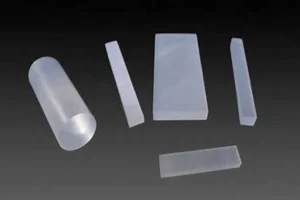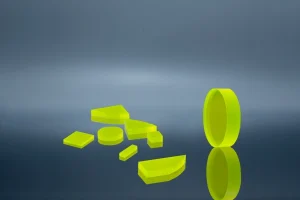Introduction to Magneto-Optic Crystals
Magneto-optic crystals are a unique class of materials that exhibit fascinating properties when subjected to magnetic fields. These crystals, particularly Terbium Gallium Garnet (TGG) and Gadolinium Gallium Garnet (GGG), have revolutionized the field of optics and photonics. This article delves into the intricacies of these two magneto-optic crystals, their properties, and their applications.
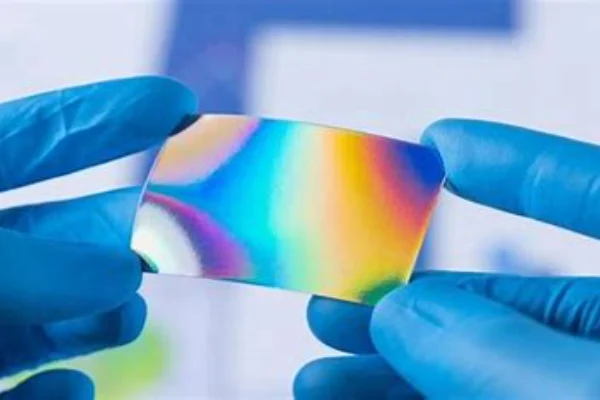
Understanding Terbium Gallium Garnet (TGG)
The uniqueness of Terbium Gallium Garnet (TGG) extends beyond its high Verdet constant, low optical loss, and excellent thermal stability. These characteristics are not just standalone features but work in synergy to make TGG a highly sought-after magneto-optic crystal in the field of optics and photonics.
The high Verdet constant of TGG is a testament to its strong magneto-optic effect. This effect is essentially the ability of TGG to alter the plane of polarization of light when subjected to a magnetic field. This property is not just scientifically intriguing but also has practical implications. It is this ability to manipulate light that makes TGG an integral component in optical isolators and circulators. These devices rely on the rotation of the plane of polarization to function effectively, and TGG’s high Verdet constant makes it an ideal material for this purpose.
Moreover, the low optical loss of TGG ensures that the light passing through it does not diminish significantly, maintaining the intensity and quality of the light. This feature, coupled with TGG’s excellent thermal stability, means that it can withstand high temperatures without compromising its optical properties. This resilience to heat makes TGG even more suitable for applications that involve high-intensity light or heat, such as laser systems.
The application of TGG in the manufacturing of Faraday rotators and isolators is a prime example of its practical utility. These devices are critical in laser systems, where they protect the system from back reflections. Back reflections can cause significant damage to the laser system, affecting its performance and lifespan. By using TGG in these devices, we can ensure the longevity and optimal performance of these laser systems.
In conclusion, the properties of TGG and their implications in practical applications make it a standout among magneto-optic crystals. Its high Verdet constant, low optical loss, and excellent thermal stability are not just individual features but work together to make TGG a highly effective and reliable material in the field of optics and photonics. The use of TGG in devices like Faraday rotators and isolators is a testament to its practical utility and its significant role in advancing optical technology.
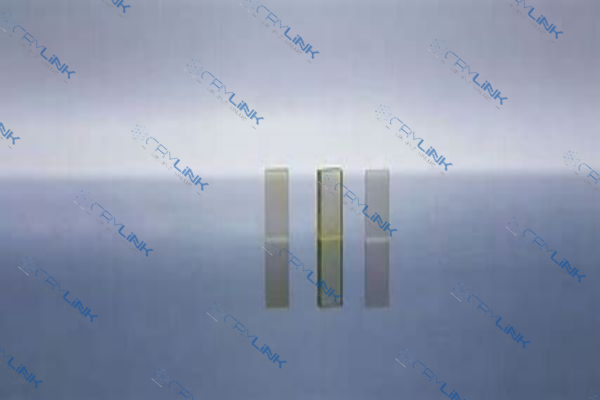
Gadolinium Gallium Garnet (GGG) Unveiled
Gadolinium Gallium Garnet, or GGG as it is commonly known, is another magneto-optic crystal that has significantly influenced the field of optics. While it shares a few similarities with Terbium Gallium Garnet (TGG), such as low optical loss and excellent thermal stability, GGG has its unique set of properties and applications that set it apart.
One of the defining characteristics of GGG is its Verdet constant, which, although lower than that of TGG, still plays a crucial role in its optical applications. The Verdet constant is a measure of a material’s magneto-optic effect, indicating how much it can rotate the plane of polarization of light when subjected to a magnetic field. While GGG’s Verdet constant is lower than TGG’s, it doesn’t diminish GGG’s value in the field of optics. Instead, it influences how and where GGG is used, guiding its applications to areas where its specific properties can be most effectively utilized.
Despite its lower Verdet constant, GGG has found widespread use as a substrate material for various magneto-optic films. This application leverages another of GGG’s properties – its excellent lattice constant match with other garnet materials. The lattice constant is a measure of the dimensions of a unit cell of a crystal lattice, and a good match between the substrate and the film can significantly improve the quality of the film. In the case of GGG, its excellent lattice constant match with other garnet materials makes it an ideal substrate for these films, ensuring high-quality, effective magneto-optic films.
But the applications of GGG extend beyond just being a substrate for magneto-optic films. Its low optical loss means that light can pass through it with minimal reduction in intensity, making it suitable for applications that require high-intensity light. Furthermore, its excellent thermal stability allows it to withstand high temperatures without a significant change in its properties. This makes GGG suitable for use in environments with high temperatures or high-intensity light, such as in laser systems or other high-power optical applications.
In essence, while GGG may have a lower Verdet constant than TGG, it is by no means less valuable. Its unique properties, including its low optical loss, excellent thermal stability, and excellent lattice constant match with other garnet materials, make it a versatile and valuable material in the field of optics. Whether it’s being used as a substrate for magneto-optic films, in high-power optical applications, or in environments with high temperatures, GGG has proven its worth as a magneto-optic crystal. Its contributions to the field of optics are significant and will continue to influence the development of optical technology in the future.
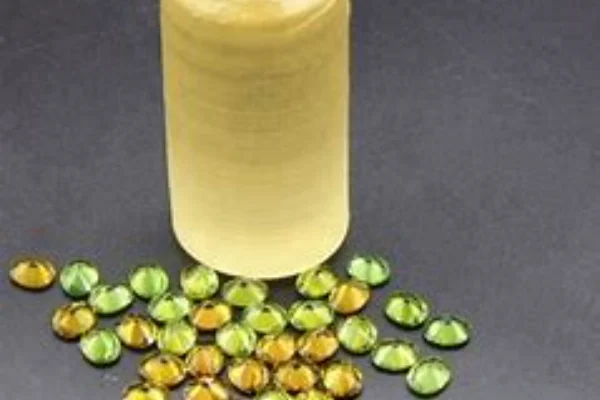
TGG vs. GGG: A Comparative Analysis
When it comes to a comparative analysis between Terbium Gallium Garnet (TGG) and Gadolinium Gallium Garnet (GGG), both prominent magneto-optic crystals, it’s important to note that each has its unique strengths and applications, making them suitable for different purposes in the field of optics.
TGG, with its high Verdet constant, is particularly effective in applications that require a high degree of rotation of the plane of polarization. This is because the Verdet constant is a measure of a material’s ability to rotate the plane of polarization of light in the presence of a magnetic field. This property is crucial in devices such as Faraday rotators and isolators, which rely on this rotation to function effectively. Faraday rotators, for instance, use the magneto-optic effect to rotate the polarization of light, a function that is directly influenced by the Verdet constant of the material used. Therefore, TGG’s high Verdet constant makes it a superior choice for such applications, ensuring efficient and effective operation of these devices.
On the other hand, GGG, despite having a lower Verdet constant, has found its niche as a preferred substrate for magneto-optic films. This is largely due to its excellent lattice constant match with other garnet materials. The lattice constant is a measure of the dimensions of a unit cell of a crystal lattice, and a good match between the substrate and the film can significantly improve the quality of the film. GGG’s excellent lattice constant match ensures that the magneto-optic films produced are of high quality, making it an ideal choice for this purpose.
In conclusion, while TGG and GGG are both valuable magneto-optic crystals, their unique properties make them suitable for different applications. TGG’s high Verdet constant makes it superior for applications requiring high rotation of polarization, while GGG’s excellent lattice constant match makes it a preferred substrate for magneto-optic films. Both crystals, with their unique strengths, continue to contribute significantly to advancements in the field of optics.
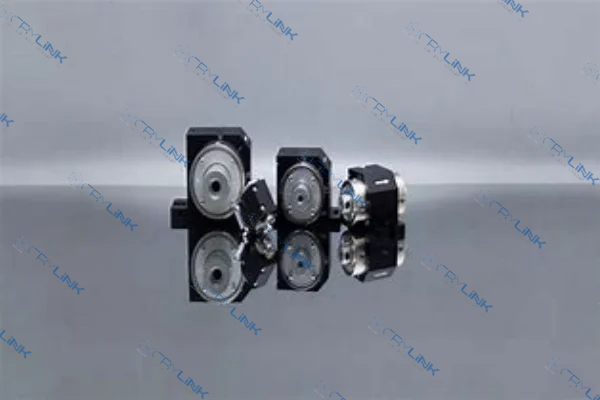
The Future of Magneto-Optic Crystals
The future of magneto-optic crystals, particularly Terbium Gallium Garnet (TGG) and Gadolinium Gallium Garnet (GGG), is indeed promising. As we continue to delve deeper into the properties and potential of these materials, we are uncovering new possibilities for their application in the field of optics and photonics.
Ongoing research is exploring the potential of these crystals in a variety of applications, from improving existing technologies to pioneering new ones. For instance, the high Verdet constant of TGG and the excellent lattice constant match of GGG are being harnessed to develop more efficient and effective optical devices.
Moreover, as our technological capabilities advance, we are finding new ways to leverage the unique properties of these crystals. This includes developing new manufacturing processes to enhance the performance of these materials, as well as discovering new applications for them in emerging fields such as quantum computing and advanced communication systems.
In conclusion, the future of TGG and GGG, and magneto-optic crystals in general, is bright. As our understanding of these materials deepens, we can expect them to play an even more significant role in shaping the future of optics and photonics.
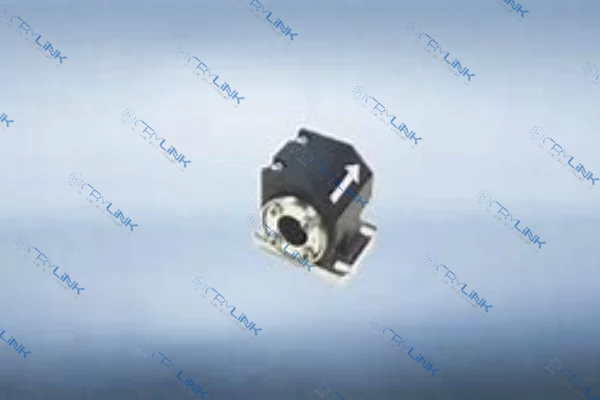
Conclusion
In the battle of magneto-optic crystals, both TGG and GGG emerge as winners, each with its unique strengths and applications. As we continue to explore and understand these materials, they will undoubtedly continue to shape the future of optical technology.
FAQs
- What are magneto-optic crystals?
Magneto-optic crystals are materials that exhibit unique properties when subjected to magnetic fields. They are widely used in the field of optics and photonics. - What is the Verdet constant?
The Verdet constant is a measure of a material’s magneto-optic effect. It determines the degree to which the material can rotate the plane of polarization of light. - What are the applications of TGG?
TGG is commonly used in the manufacturing of Faraday rotators and isolators, which are essential components in laser systems. - Why is GGG used as a substrate material?
GGG is used as a substrate material due to its excellent lattice constant match with other garnet materials, making it ideal for magneto-optic films. - How do TGG and GGG compare?
While both TGG and GGG are important magneto-optic crystals, TGG’s high Verdet constant makes it superior for applications requiring high rotation of polarization. In contrast, GGG’s excellent lattice constant match makes it a preferred substrate for magneto-optic films.



